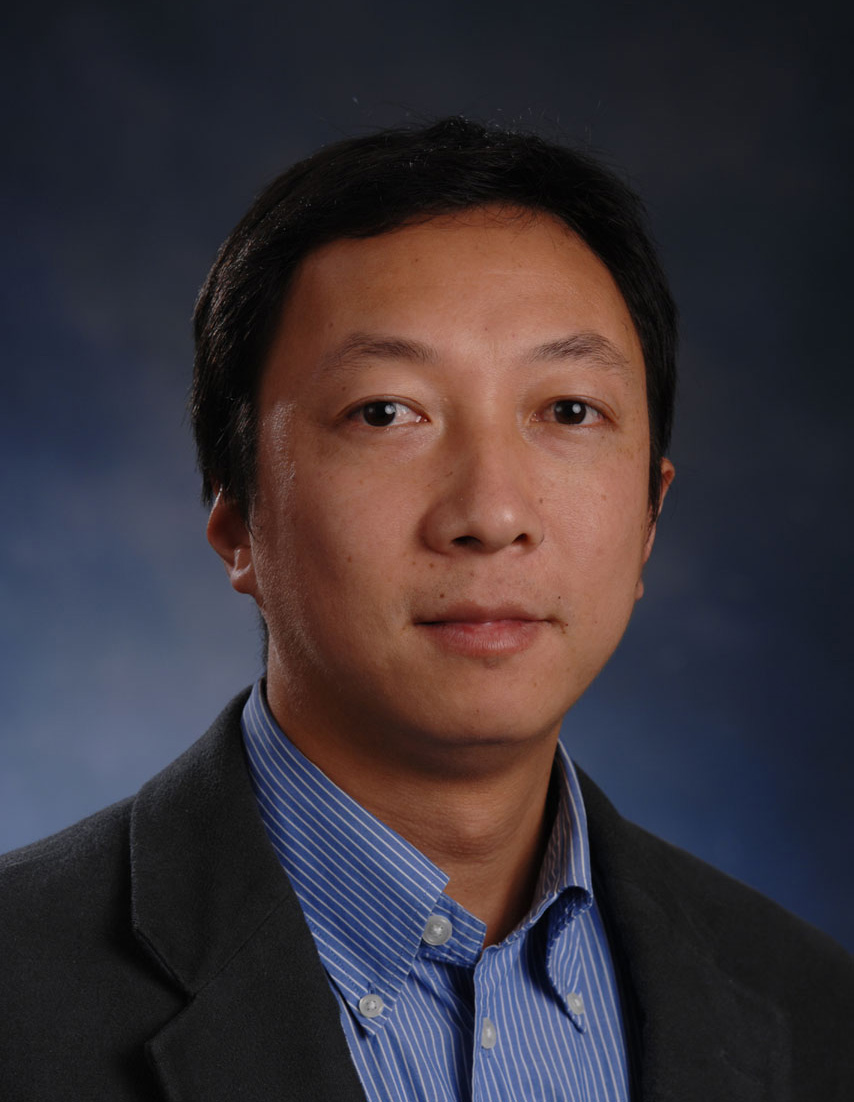Export Citations
The purpose of TMS'17 is to provide a forum to discuss most recent advancements in theory of Modeling and Simulation (M&S). The main focus is on theory of modeling, methodology, practice and M&S software, as well as lessons learned and challenges. The Symposium focuses also on bridging different areas in the field of Theory of Modeling and Simulation, including formal modeling, graph transformation, model-checking, model-driven engineering, modeling methodologies and software. The program includes a wide selection of technical presentations and speakers, and a collection of state-of-the-art presentations and articles related to research, development, and applications of Theory of Modeling and Simulation.
Proceeding Downloads
Co-simulation of cyber physical systems with HMI for human in the loop investigations
The development of safety critical Cyber-Physical Systems (CPS) is highly dependent on human interaction and cognitive assessment. Despite this dependency, the human in the loop is seldom an integrated part of CPS development or tool chain. In this ...
PDEVS-based hybrid system simulation toolbox for MATLAB
MATLAB/Simulink is a popular software environment used by engineers and scientists. It offers integrated modeling and simulation tools and numerous toolboxes employable in conjunction with modeling and simulation tasks. However, modeling and simulation ...
Time- and space-conscious omniscient debugging of parallel DEVS
Current Parallel DEVS simulation tools provide a wide set of debugging features. Omniscient debugging, or debugging backwards in time, is only rarely implemented, presumably due to its high resource consumption. Outside of DEVS simulation, omniscient ...
Explicit modelling and synthesis of debuggers for hybrid simulation languages
Any sufficiently complex system is best described (or specified) with a combination of models in multiple formalisms. To support creating such "hybrid models", recent research focuses on the (syntactic and semantic) combination of formalism fragments. ...
Automatic parallelization of multi-rate FMI-based co-simulation on multi-core
Co-simulation refers to simulating a complex system using several coupled numerical models. Engineers define the rate of data exchange between the models by setting communication steps. FMI is a standardized interface which easily allows coupling and co-...
A taxonomy of event time representations
Terms such as "simulated time", "simulation time", "virtual time", "logical time", and "real time" appear throughout the modeling and simulation literature as a means of describing the timing, ordering, and/or processing of events. Unfortunately, this ...
Hybrid system modelling and simulation with Dirac deltas
For a wide variety of problems, creating detailed continuous models of physical systems is impractical. Hybrid models can abstract away short transient behaviour in order to simplify the study of such systems. For example, when modelling a bouncing ball,...
The case for DEVS in networking M&S: upload user collaboration in mobile networks using coordinated multipoint
Future mobile networks should provide high data rate services for their customers regardless of their location. This is a challenging task, specifically for the users in the edge of the cell's area. To overcome this problem, Long Term Evolution Advanced ...
Modeling and verification of network-on-chip using constrained-DEVS
Verification of models is necessary for some classes of systems to guarantee safety properties in addition to satisfying functional requirements. Exhaustive model checking is a full proof method for verifying lack of undesirable behavior for dynamical ...
The experiment model and validity frame in M&S
Modelling and Simulation approaches use system models to conduct simulation experiments. Experimental frames have been applied in this context to formally define a system's context. During the creation of an experimental frame for a simple spring model ...
Upgrade campaign simulation and evaluation for highly available systems
High Availability (HA) is an important nonfunctional requirement of carrier grade services. These services must not experience more than five minutes of downtime per year including outage due to planned upgrades. The Service Availability Forum (SAF) ...
Social interaction in pedestrian evacuation: a cellular discrete event simulation approach
This paper presents a cellular simulation model for pedestrian emergency evacuation, which takes into account social factors such as individual vision, environmental familiarity, communication and conduction, and velocity adjustment. Variables are ...
Restricting DEv-PROMELA with a hierarchy of simulation formalisms
The DEv-PROMELA formalism is a new formalism that allows combining formal verification and discrete event simulation. In this paper, we propose to use a hierarchy of simulation formalisms to restrict the DEv-PROMELA language. From sequential machine to ...
A modeling and simulation language for biological cells with coupled mechanical and chemical processes
Biological cells are the prototypical example of active matter. Cells sense and respond to mechanical, chemical and electrical environmental stimuli with a range of mechanistic responses, including dynamic changes in morphology and mechanical properties,...
Chattering avoidance in hybrid simulation models: a modular approach based on the HyFlow formalism
The possibility that a hybrid simulation model can change its state infinitely often in a finite time interval impacts negatively, or even disables, the ability to simulate some hybrid systems. This behavior also known as chattering occurs in models ...
Modeling cyber effects in cyber-physical systems with DEVS
Increased interconnectivity of Cyber-Physical Systems, by design or otherwise, increases the cyber attack surface and attack vectors. It is not always desirable to do cyber risk assessment of such interconnected systems by cyber attacks on the entire ...
An abstract discrete-event simulator considering input with uncertainty
A timeline in Discrete-Event Simulation (DES) is a sequence of events defined in a numerable subset of R+. Discrete-Event Modeling and Simulation try to reproduce the behaviour of real-world experiments. Nevertheless, measuring the experimental data for ...
Formal specification of hypotheses for assisting computer simulation studies
The aim of computer simulation studies is to answer research questions by means of experiments. For providing reliable evidence, the procedure of the study needs to be aligned with the question and the steps of the study need to be adjusted and combined ...
DEVSML 3.0 stack: rapid deployment of DEVS farm in distributed cloud environment using microservices and containers
Cloud infrastructure provides rapid resource provision for on-demand computational requirements. Cloud simulation environments are largely client-server architectures with multiple slave nodes solving problems through Monte Carlo methods. However, to ...




